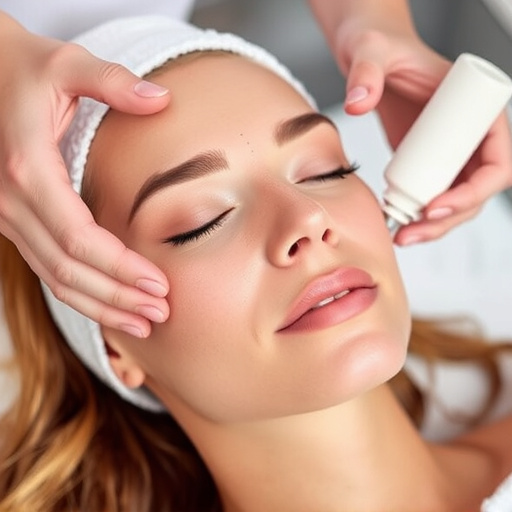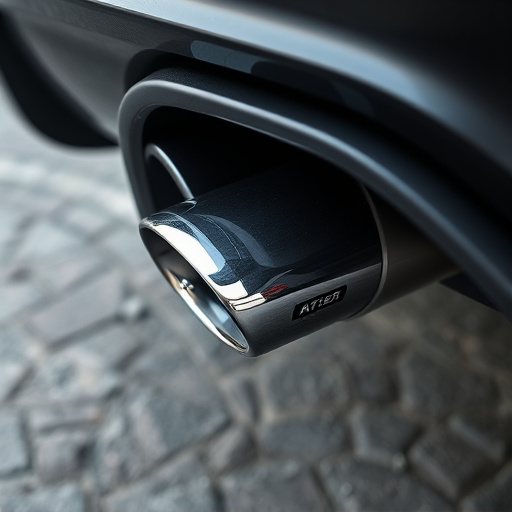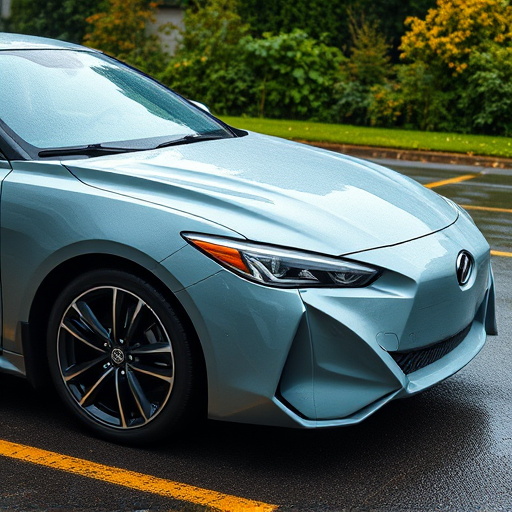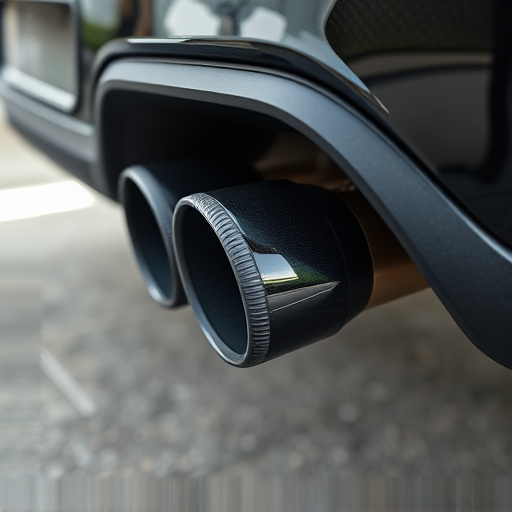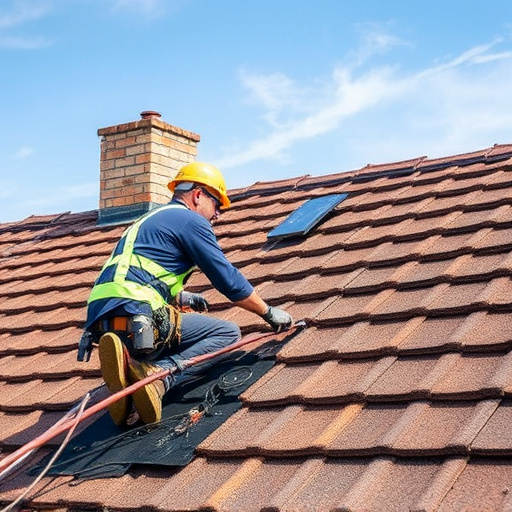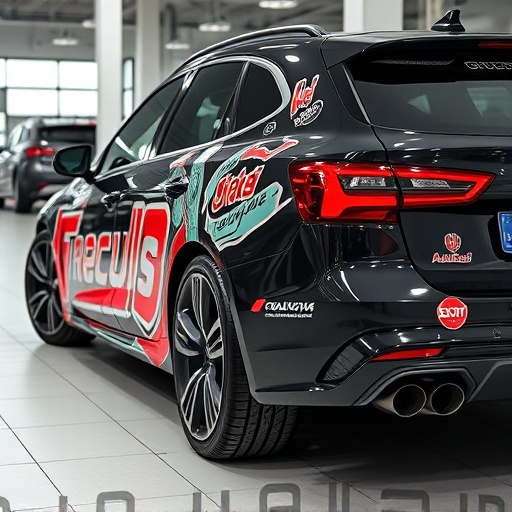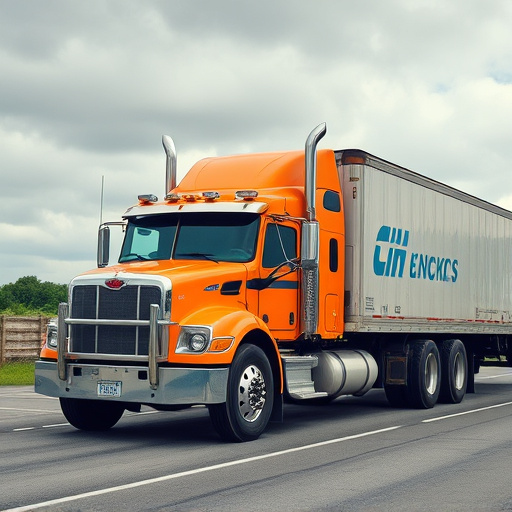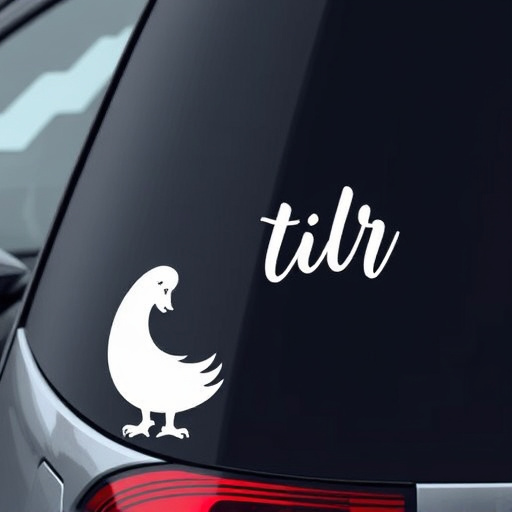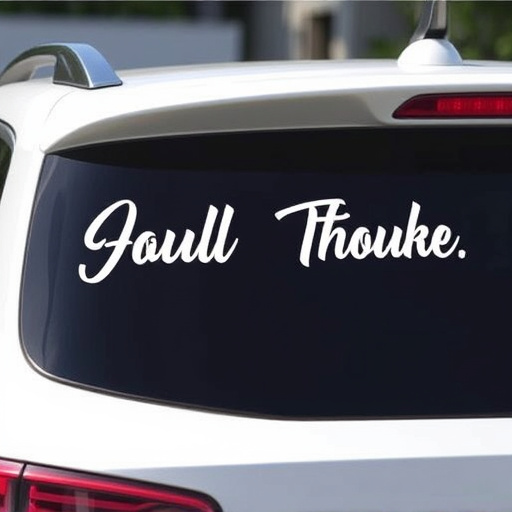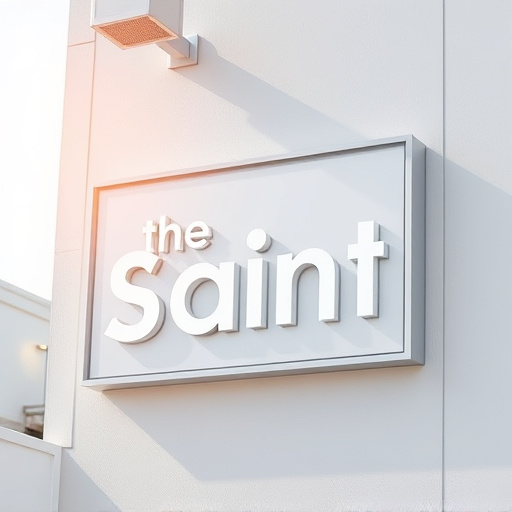Clear coat restoration involves applying protective layers to maintain paintwork aesthetics, resist scratches, fading, and damage. Polyurethane, acrylic, and epoxy offer unique properties based on durability, resistance to yellowing, drying times, and gloss. Proper preparation includes surface cleaning, decontamination, fixing imperfections with abrasives, and high-quality base coating. Advanced spraying techniques and curing ensure a durable finish. Professionals use specialized polishes and compound cleaners for scratch removal and achieve a glossy finish using vinyl wraps as protection.
“Revive your surfaces with our comprehensive guide to clear coat restoration. Understanding the basics and different types of clear coats is the first step, followed by meticulous preparation. Learn why this process is crucial for a flawless finish.
Explore effective techniques and discover the best tools for achieving that glossy, professional look. From expert tips on sanding to sealing, we’ll navigate you through each step, ensuring your project turns out as good as new. Get ready to transform with our clear coat restoration expertise.”
- Understanding Clear Coat: Basics and Types
- Preparation is Key: Step-by-Step Guide
- Techniques and Tools for Restoring Shine
Understanding Clear Coat: Basics and Types

Clear coat is a protective layer applied over paintwork during the manufacturing process or as part of an automotive detailing service. It’s crucial for maintaining the vehicle’s aesthetics and finish, offering resistance to scratches, fading, and other forms of damage. Understanding clear coat restoration involves recognizing its different types and functions.
In the realm of car customization and automotive detailing, clear coat plays a significant role. There are various types of clear coats available, each with unique properties designed for specific needs. Some common types include polyurethane, acrylic, and epoxy coatings. Polyurethane clear coats, for instance, offer excellent durability and resistance to yellowing over time, making them popular choices for custom vehicle wraps. Acrylic coatings, on the other hand, are known for their easy application and fast drying times, while epoxy coats provide exceptional hardness and gloss. Choosing the right clear coat is a key step in any restoration or customization project, ensuring both longevity and the desired aesthetic outcome.
Preparation is Key: Step-by-Step Guide

Preparation is paramount when it comes to clear coat restoration, ensuring a flawless and lasting finish. The process begins with meticulous surface preparation, where professionals meticulously clean and decontaminate the vehicle’s paintwork. This involves removing any dirt, grease, or existing protective coatings using specialized solvents and abrasives. Once the surface is thoroughly cleaned, an essential step is to fix any minor imperfections like scratches or swirls, which can be addressed with mild abrasive compounds and finishing polishes.
Following this, a key phase in clear coat restoration is applying a high-quality base coat. This layer not only provides a smooth surface but also acts as a bond between the clear coat and the existing paint. After allowing the base coat to cure, professionals carefully apply the clear coat, often using advanced spraying techniques for even distribution. The final step involves curing the clear coat properly, which may require specific environmental conditions, ensuring optimal adhesion and durability. This meticulous preparation guarantees that any custom graphics or protective coatings applied later will adhere perfectly, enhancing the overall look and safeguarding against future scratches.
Techniques and Tools for Restoring Shine

Professionals in clear coat restoration employ a variety of techniques to revive and maintain the glossy finish of vehicles or other surfaces. One common method involves using specialized polishes and compound cleaners, which are applied with microfiber cloths or buffers. These tools gently remove oxidation, scratches, and impurities from the clear coat, revealing its original shine. The process is meticulous, ensuring that each section is treated equally to achieve a seamless, glossy surface.
Once the initial cleaning and polishing are complete, professionals may apply high-quality finishes or protective coatings, such as vinyl wraps, to safeguard against future damage. These advanced solutions not only enhance the visual appeal but also provide an extra layer of protection, extending the life of the clear coat. By combining these techniques with meticulous care, experts can transform a dull, faded finish into a vibrant, glossy one, revitalizing both the aesthetics and value of the surface.
Clear coat restoration is an art that, when mastered, can breathe new life into your vehicle’s finish. By understanding the basics, preparing thoroughly, and employing the right techniques and tools, you can achieve a stunning, glossy surface that protects your car. Remember, proper preparation is key to achieving professional results, so take your time and follow each step carefully. With these expert tips, you’re well on your way to becoming a clear coat restoration pro.
